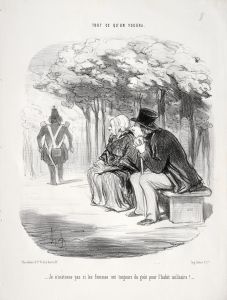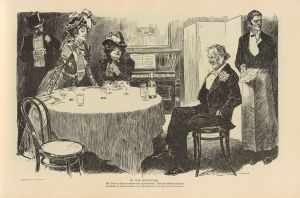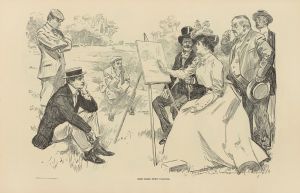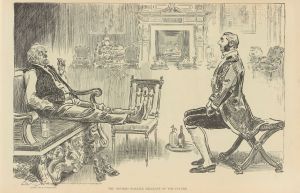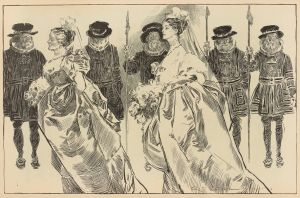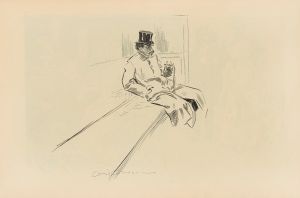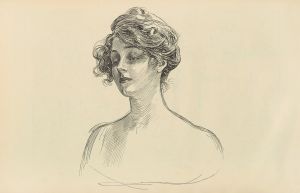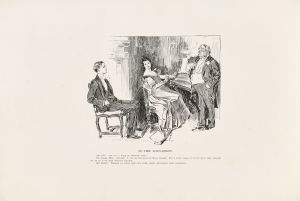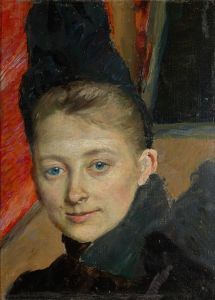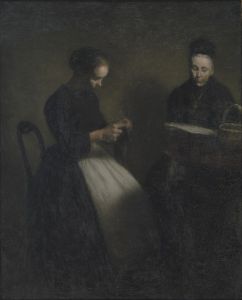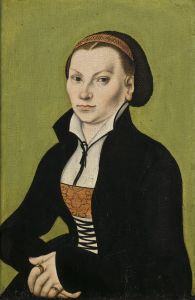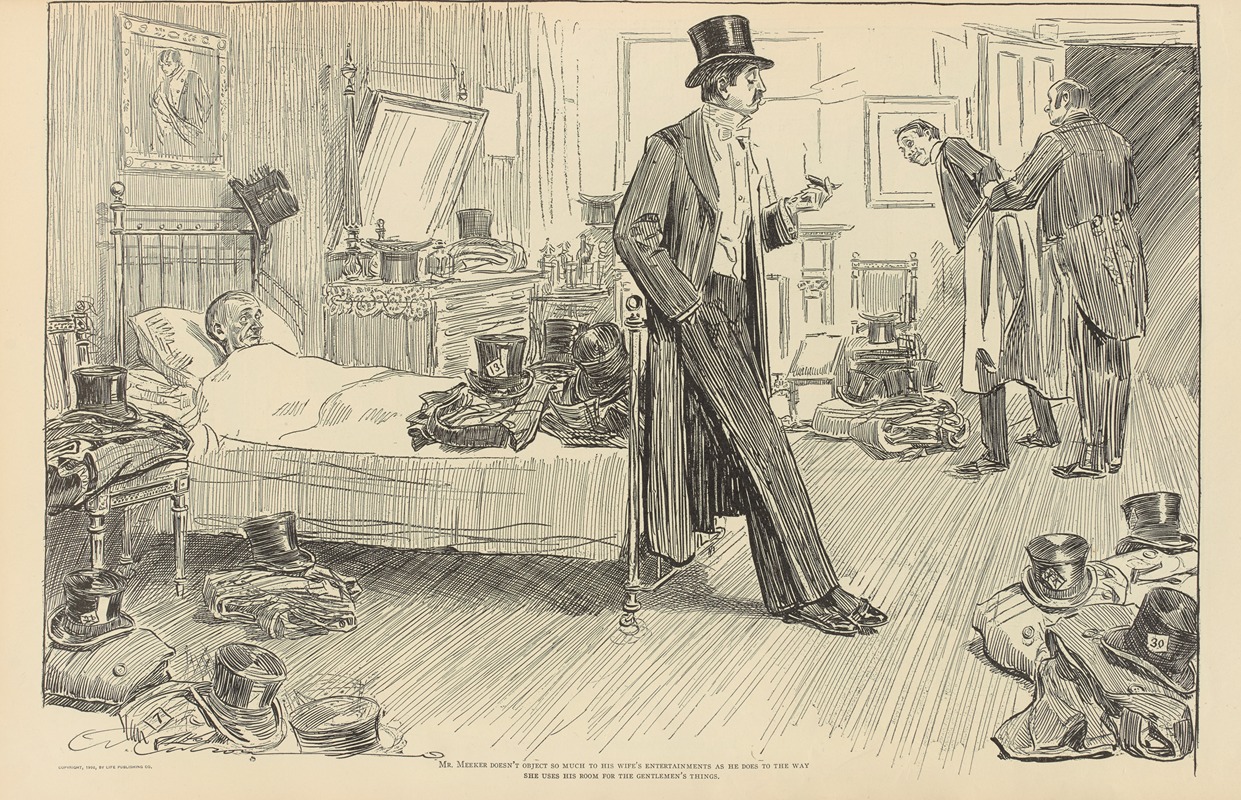
Mr. Meeker doesn’t object so much to his wife’s entertainments…
A hand-painted replica of Charles Dana Gibson’s masterpiece Mr. Meeker doesn’t object so much to his wife’s entertainments…, meticulously crafted by professional artists to capture the true essence of the original. Each piece is created with museum-quality canvas and rare mineral pigments, carefully painted by experienced artists with delicate brushstrokes and rich, layered colors to perfectly recreate the texture of the original artwork. Unlike machine-printed reproductions, this hand-painted version brings the painting to life, infused with the artist’s emotions and skill in every stroke. Whether for personal collection or home decoration, it instantly elevates the artistic atmosphere of any space.
Charles Dana Gibson was an influential American illustrator, best known for creating the iconic "Gibson Girl," a representation of the idealized American woman at the turn of the 20th century. One of his works, "Mr. Meeker doesn’t object so much to his wife’s entertainments…" is a part of his extensive collection of illustrations that often depicted social scenarios with a humorous or satirical edge.
This particular illustration was published in the early 1900s, a period when Gibson's work was widely circulated in magazines such as Life, Harper's Weekly, and Scribner's. His illustrations were known for their detailed pen-and-ink style, capturing the nuances of social interactions and the subtleties of human expressions. The title "Mr. Meeker doesn’t object so much to his wife’s entertainments…" suggests a narrative scene, likely portraying a domestic or social situation with a humorous twist, typical of Gibson's style.
Gibson's illustrations often reflected the social norms and gender roles of his time, providing commentary on the dynamics between men and women. The "Gibson Girl" became a cultural icon, embodying independence, confidence, and beauty, and was often juxtaposed with male characters who were portrayed as bemused or overwhelmed by the modern woman’s assertiveness and social activities. This dynamic is likely present in "Mr. Meeker doesn’t object so much to his wife’s entertainments…", where the character of Mr. Meeker might be depicted in a way that humorously highlights his passive or accommodating stance towards his wife's social engagements.
The illustration would have been created using Gibson's signature technique, involving precise line work and shading to create depth and character. His ability to convey emotion and narrative through facial expressions and body language was a hallmark of his work, making his illustrations not just visually appealing but also rich in storytelling.
Gibson's work, including this piece, played a significant role in shaping public perceptions of gender roles during the early 20th century. His illustrations were more than just art; they were social commentary, reflecting and sometimes challenging the cultural norms of the time. The humor and wit in his work allowed audiences to engage with these themes in an accessible way.
While specific details about the scene depicted in "Mr. Meeker doesn’t object so much to his wife’s entertainments…" are not widely documented, it can be inferred that it fits within Gibson's broader oeuvre of exploring social themes with a light-hearted yet insightful approach. His legacy as an illustrator remains significant, with his work continuing to be studied for its artistic merit and cultural impact.






